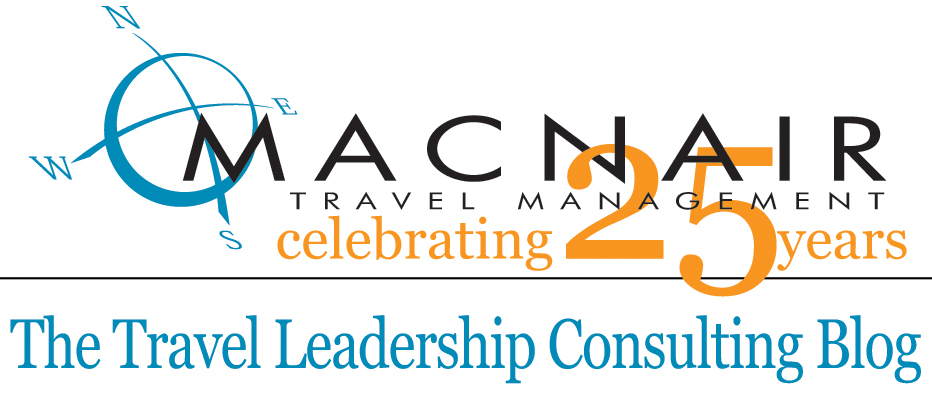While on my trek to Everest base camp in Nepal my phone was
my secret weapon. It was the single most important device that I had with me
and I used it often. In thinking about this critical business travel tool, I
wondered how companies should direct and advise their road warriors on the use
of such a tool, what should be required as policy, what is recommended as
important uses of such a tool, and what is an approved expense. I would
love to hear your comments, I’d love to see what is written in your company
policy, and I’d like to inspire a useful discussion for those of you who would
like to enhance how you address communications while on travel.
 |
| Power. A critical commodity. Charging my phone on the way to Base Camp. |
Here are some of the ways I used my device and some
observations:
Communication. I used my iPhone to communicate and had many
options to enhance how this tool would operate. I checked with Verizon before I
departed and understood the local charges. They were quite high. Many on the
trip visited a local communications shop and purchased either a local Nepalese
phone or a Nepalese SIM card. The other option is to communicate when Wi-Fi was
accessible. I used FaceTime a few times, emailed the office and friends and
family often from the phone, posted pictures and distributed updates on
Facebook via the phone. To take it a step further, climbers at base camp had purchased
a sleeve that turns the iPhone into a satellite phone. So from a communication
standpoint, the options were endless. What do you direct employees to do and
what constitutes approval for some upgraded communication tools when traveling
to developing companies like Nepal?
Camera. My camera on my phone was the only camera I had.
With a swipe of my thumb my camera was ready to take the amazing shots that I
took. Panoramas, videos, selfies and more were easy to take, of high quality,
and ready to post. I have had cameras before and others lugged around big
cameras but I was amazed and satisfied with what I secured from this amazing
device. While on work related projects do you limit what people are able to
post or do you require or encourage them to take and post pictures so that the
company is more engaged with the work related projects and activities that are
going on?
 |
| Me at Everest Base Camp. Photo taken with my iPhone. |
Travel tools. I used it for my itinerary, boarding pass,
confirmations, and more. These are all best practices for the most part. You
could take it further in some parts of the world to secure an uber car, etc.
(surely not in Nepal). Sharing best practices like this is also an important
part of a great travel policy. Not all travelers are experienced in all types
of travel (like travel to third world countries). They may assume they can do
some things that wont work and may need to be directed to some other options.
What do you do to train or brief travelers on before they travel for company
business?
Maps/GPS. It was amazing to use this tool to map where we
were on the trek. Many companies have tools to allow the phone to track where
their employee is in case of emergencies. Safety and awareness are surely items
to address.
Medical. I am in my fifties with some failing body parts including
my eyes. I used the phone for magnification and light when necessary. I
wondered what other medical tools and best practices could be incorporated into
the phone. Where should a traveler house and hold their medical details, lists
of medications, right hospital to see in case of emergency, insurance data,
evacuation data, etc.?
Translation. I could get some Nepalese words and translation
help from my translation app. I thought that some direction on how to secure
some language knowledge before travel would be helpful and respectful.
Currency Conversation and Math. Determining the right
currency conversion and the math that went along with it was extremely useful.
Again with currency, there are many ways to secure foreign currency. What is
your best practice and is it shared in your travel policy?
Answers. Google anything when connected and you have your
answer. That said, modern travelers want to know where to eat, what to see,
what is dangerous, who to connect with, etc. There are many sources for this
data. What is the best practice at your firm that sends your people to the
right places while keeping them safe?
Clock and Alarm. Knowing the local time and the time at home
and elsewhere was helpful.
Payment. Even some suppliers used their phone to allow me to
pay for items by credit card that I would have needed cash for before. What is
safe, what approved?
I had the phone at arms length away in the side pocket of my
hiking pants at all times and it was a revelation to see how useful this tool
was and will be-even for this old man. I now know I could have used it more,
been better prepared with it, and have some specific recommendations for our
travelers. What are your best practices and how easily are they found?
On a sie note, one day in Kathmandu there was a street festival
and while this impoverished country has significant hurdles to overcome, it's
youth were doing what youth do worldwide. They were texting one another, taking
selfies, and sharing pictures of the fun they were having. The world is coming
together with tools like this and there are pros and cons to this. While seeing
a Sherpa talk on the phone while hiking in the kumbu is a change from the past,
the benefits and conveniences of these devices are powerful.













